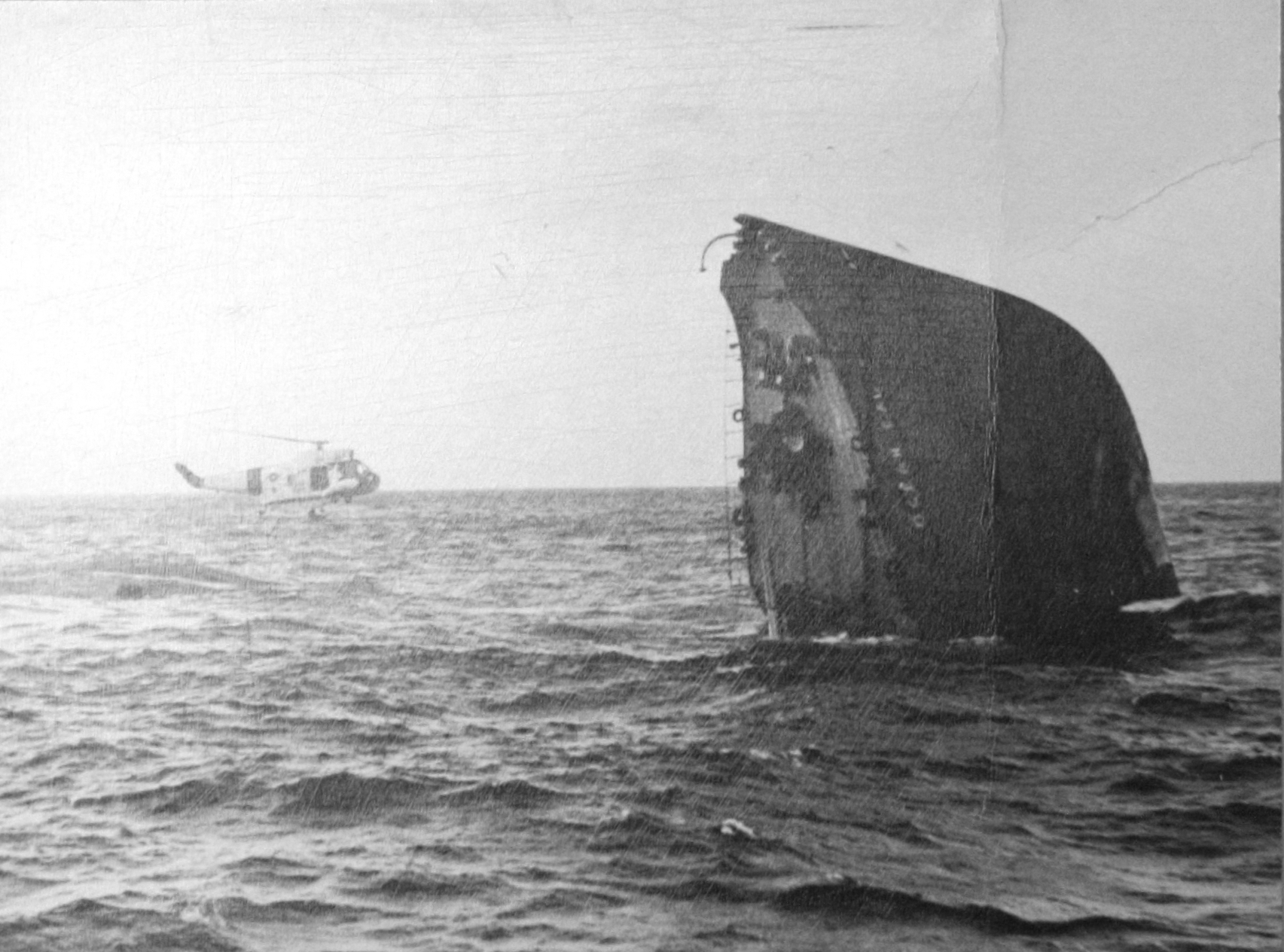The American Merchant Marine Museum has stacks of Ocean Ferry magazines – some in quadruplicate or more. This publication was the internal communication organ of International Mercantile Marine Company for all shipping lines under its corporate umbrella. It was issued monthly from 1921 through 1938, often with a combined number in the summer months. The magazine’s interiors have photographs of ships and employees as well as promotional copy mixed with items of interest to IMM personnel: retirements, awards, ship’s cat antics, and owner’s pronouncements. By the late 1930s, the steamship lines most represented in the text are Panama Pacific Line and United States Lines; it was eventually supplanted by Afloat and Ashore in 1939 – when the two lines merged under the flag of USL.
The magazine’s masthead shows it edited by Carla Dietz and a revolving coterie of managing editors. Many of the issues are undoubtedly from the personal collection of Frank O. Braynard from when he was a curator at the Museum from 1980 until 2000, or from United States Lines itself – Mr. Braynard rescued a number of file cabinets from the archives of One Broadway when the company went bust.
Most of the magazine copy for Ocean Ferry was written by Ms. Dietz. She was in an exclusive club of one – being the only woman steamship line publicist at the time when the field was dominated by men. She was born in 1888 in Brownview, just over New York’s border with Canada. Brought up the daughter of a butcher in a hardscrabble part of Manhattan that was eventually razed to make way for Rockefeller Center, she landed a job with International Mercantile Marine as a press aide. After rising through the ranks, she became the voice of USL – eventually tasked with writing the wartime narrative of the company, and later promoting SS United States in newsy, direct prose. She retired in 1959 and passed away in 1967.

The following is a gallery of some Ocean Ferry covers I located at the United States Lines Archive. It is a stunning publication in slick magazine format, but despite the glossy pages, it was produced using newspaper halftones – hence the dithering and moiré effect in some of my scans.
U.S. Lines papers, AMMM



























